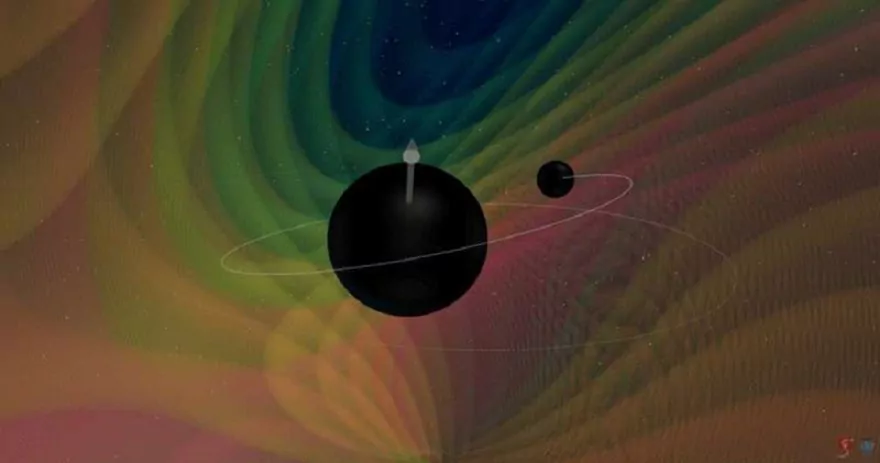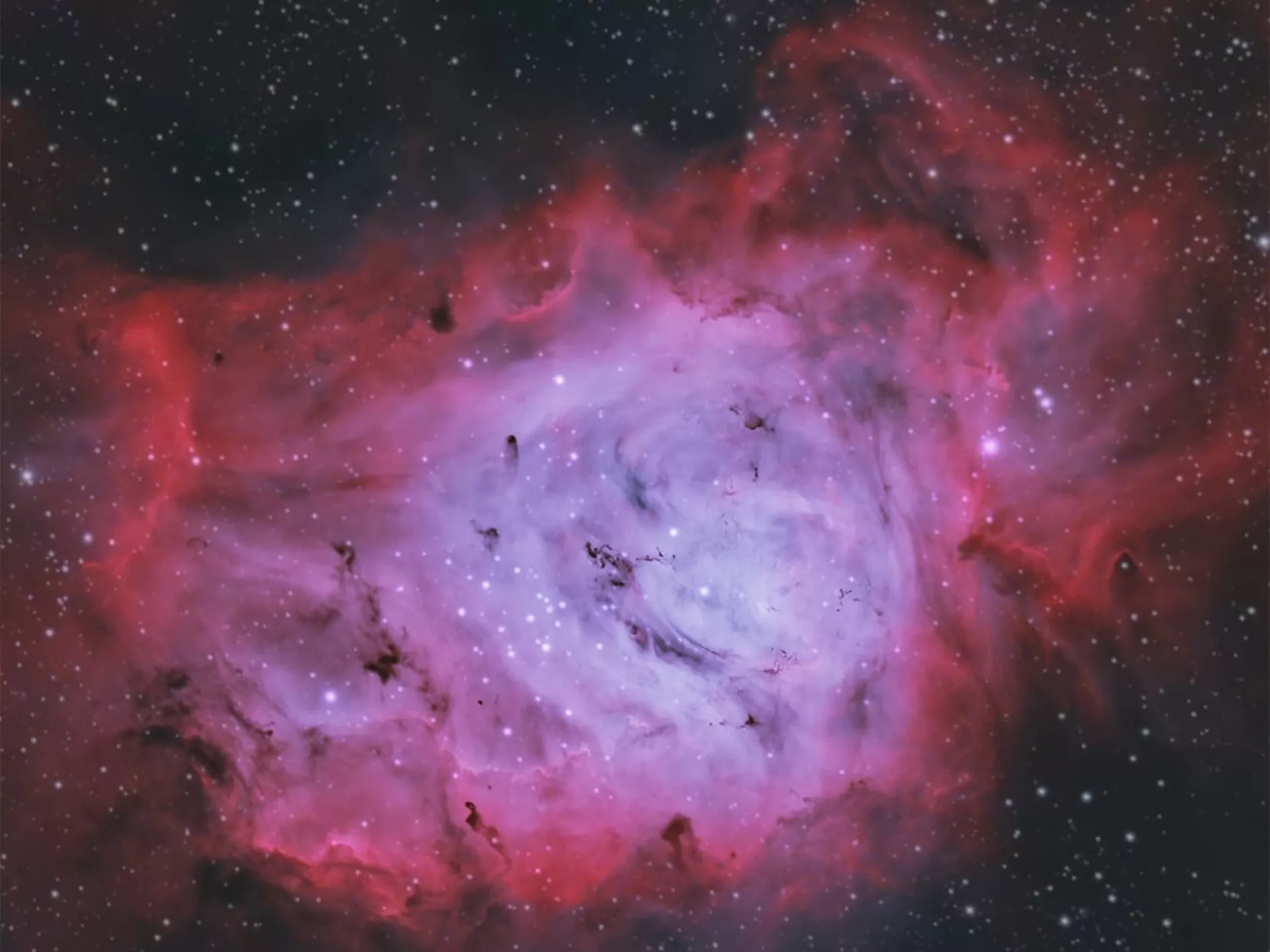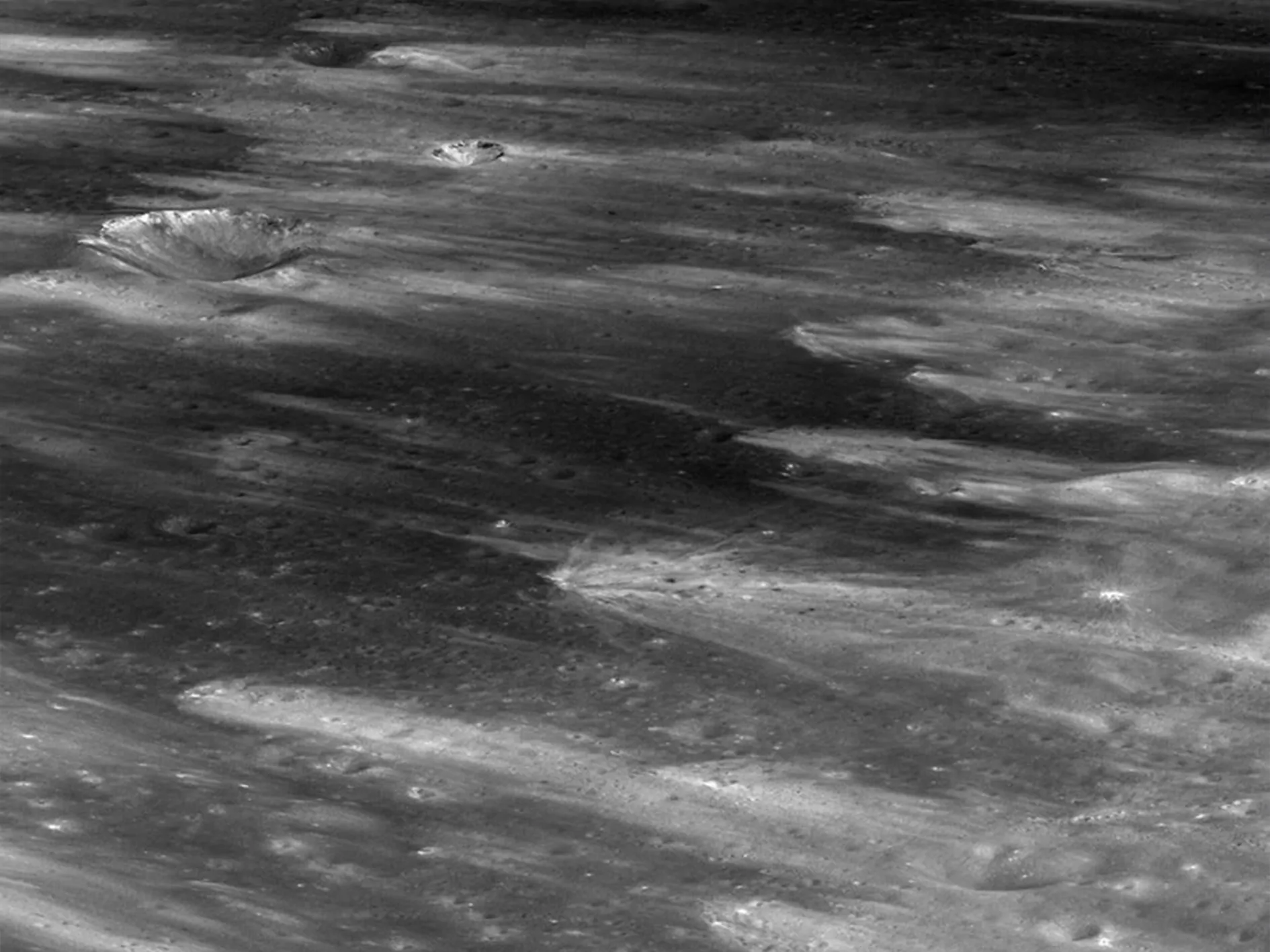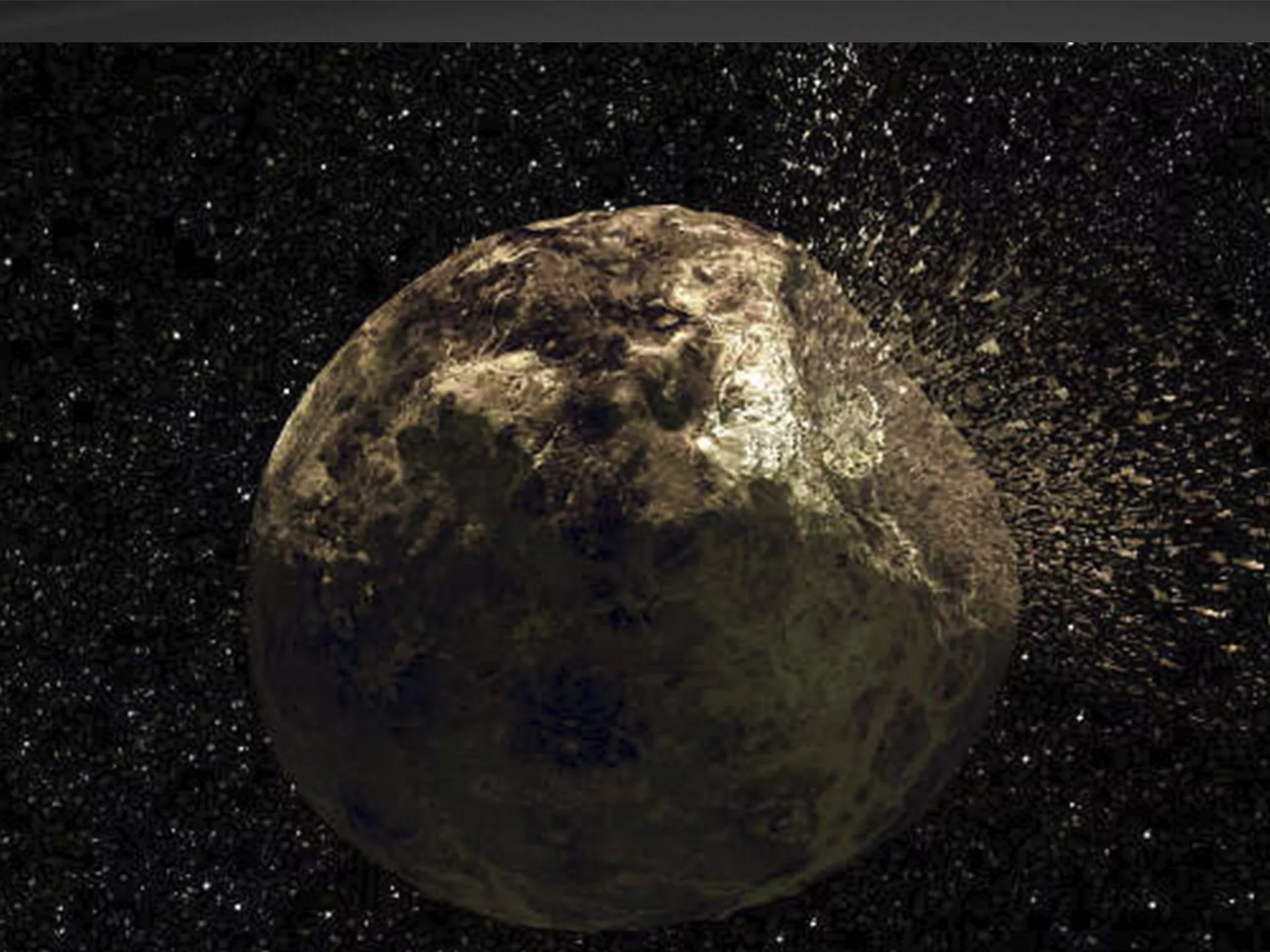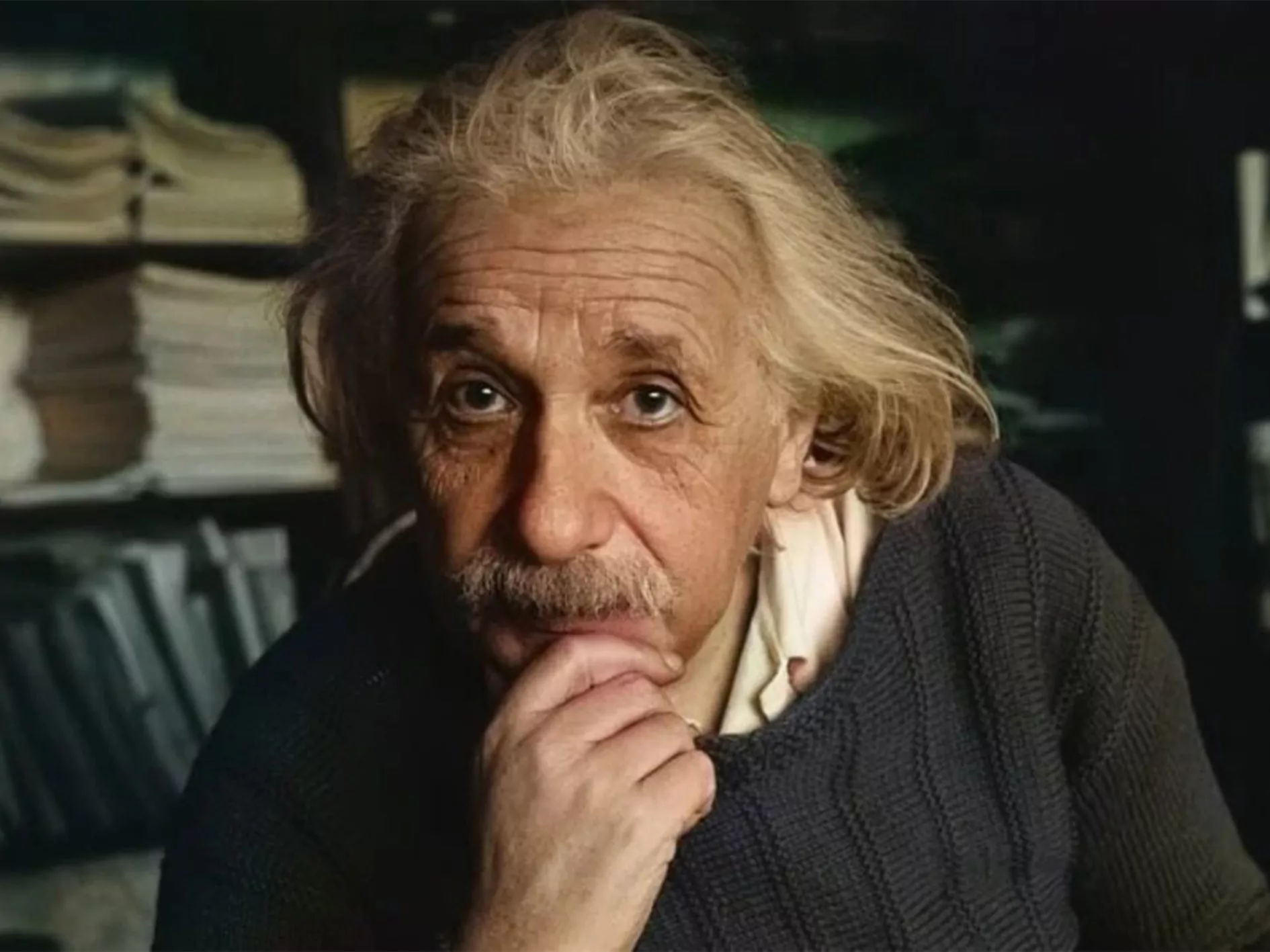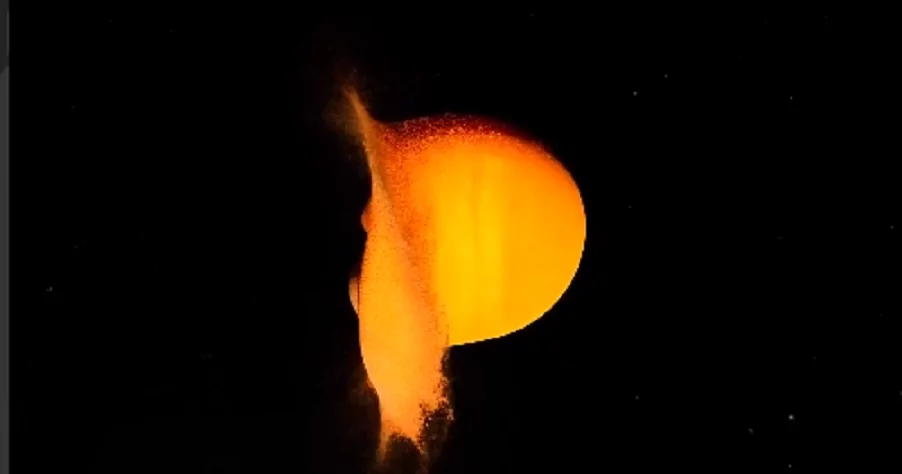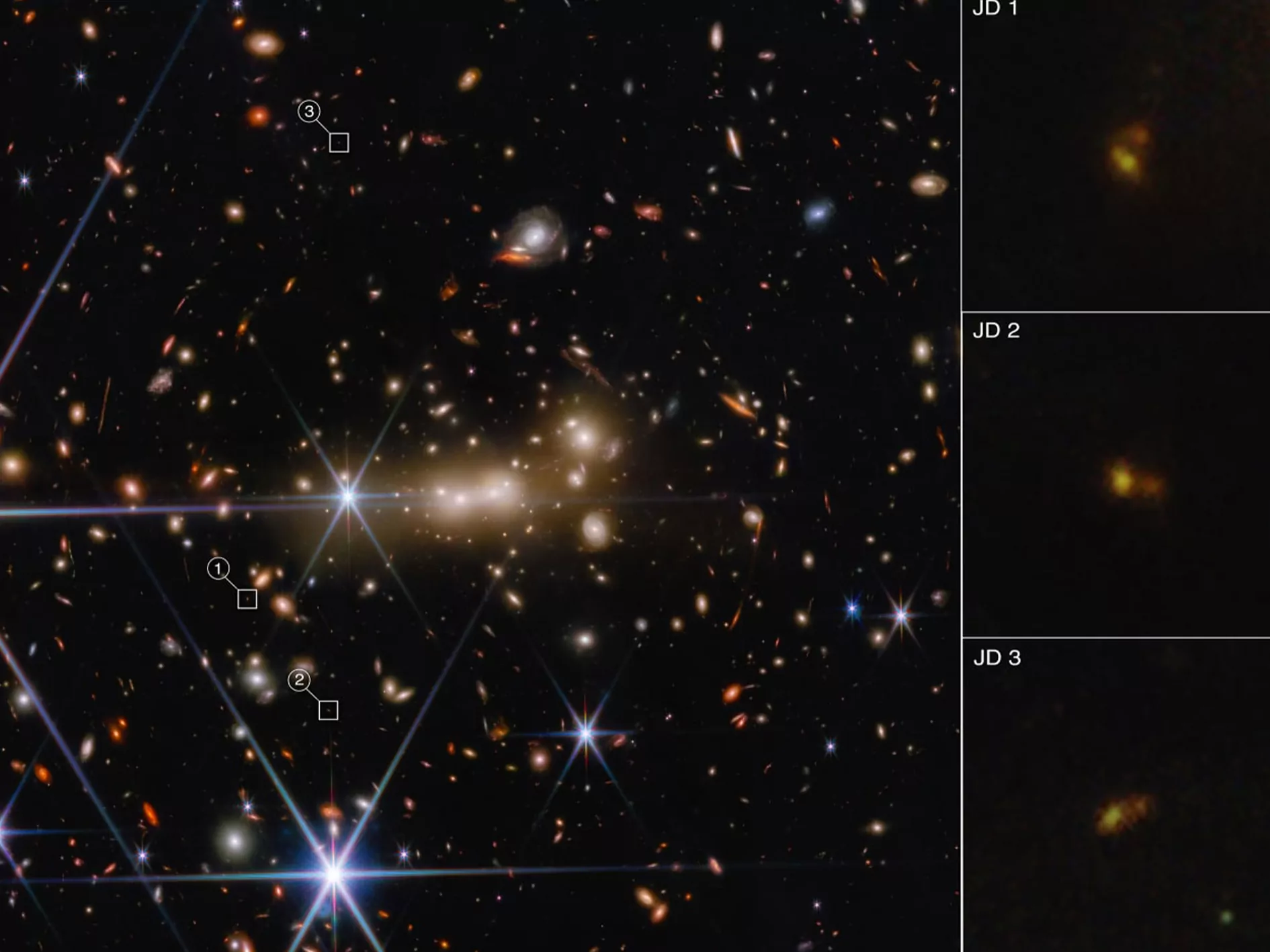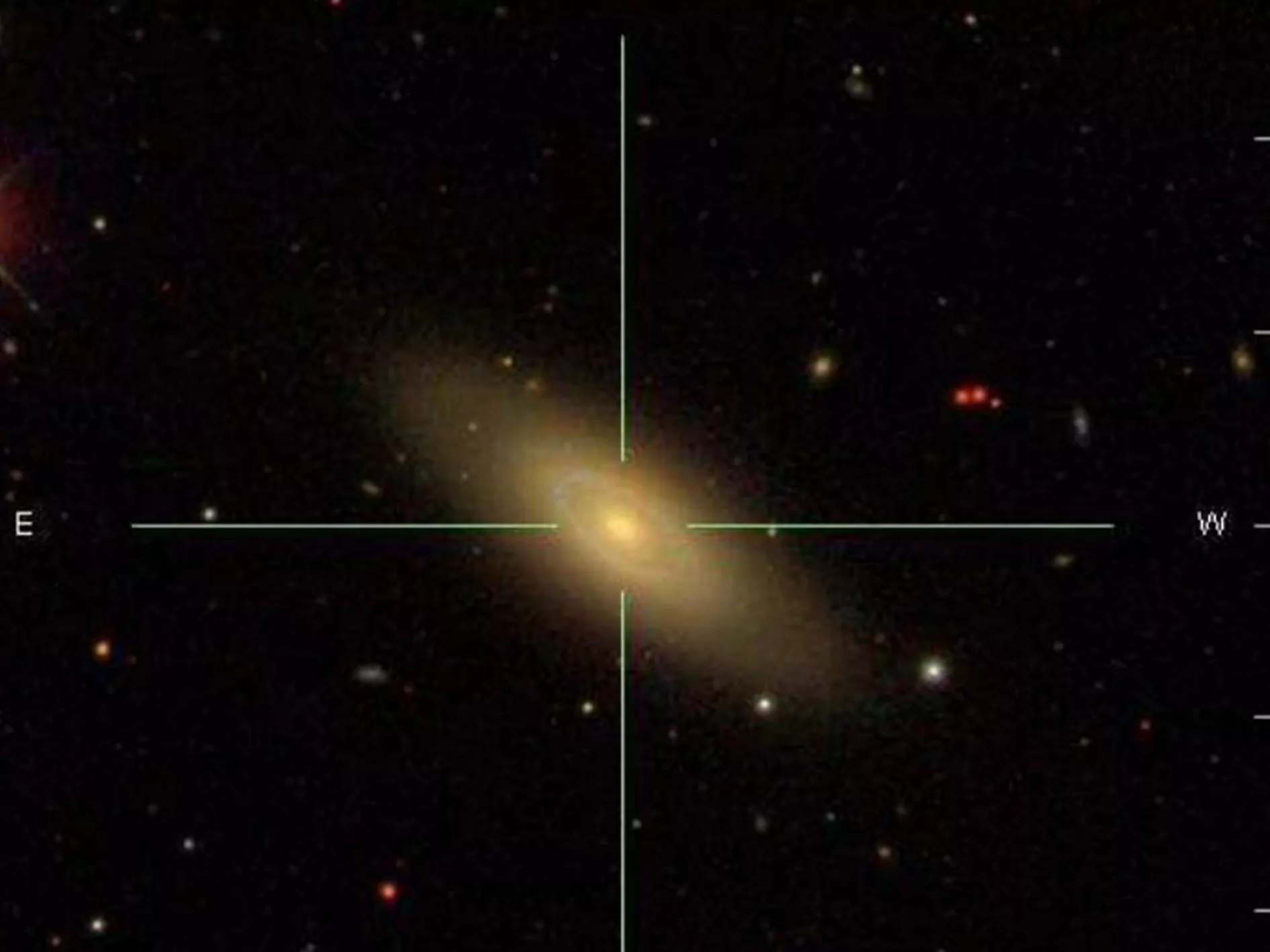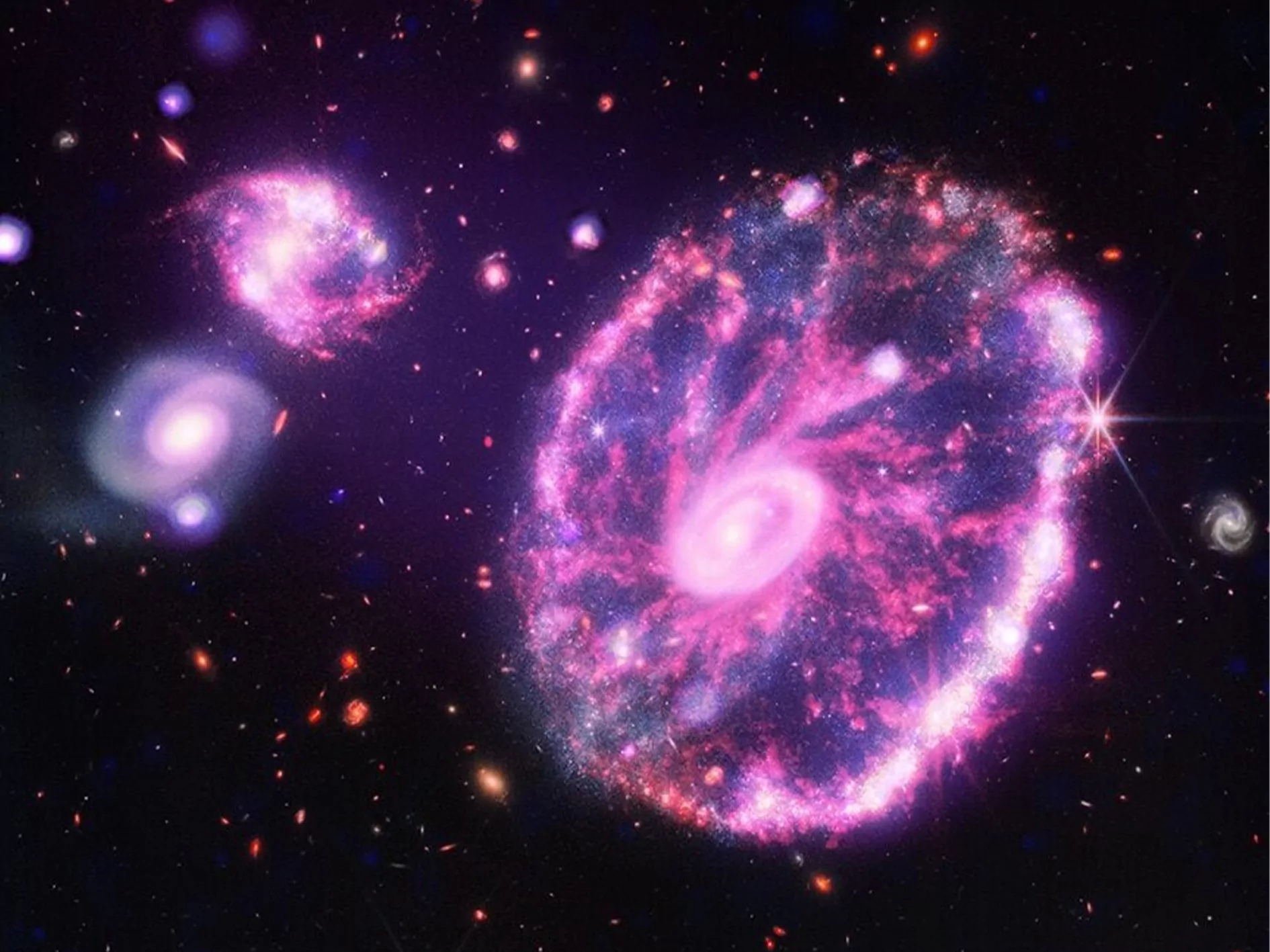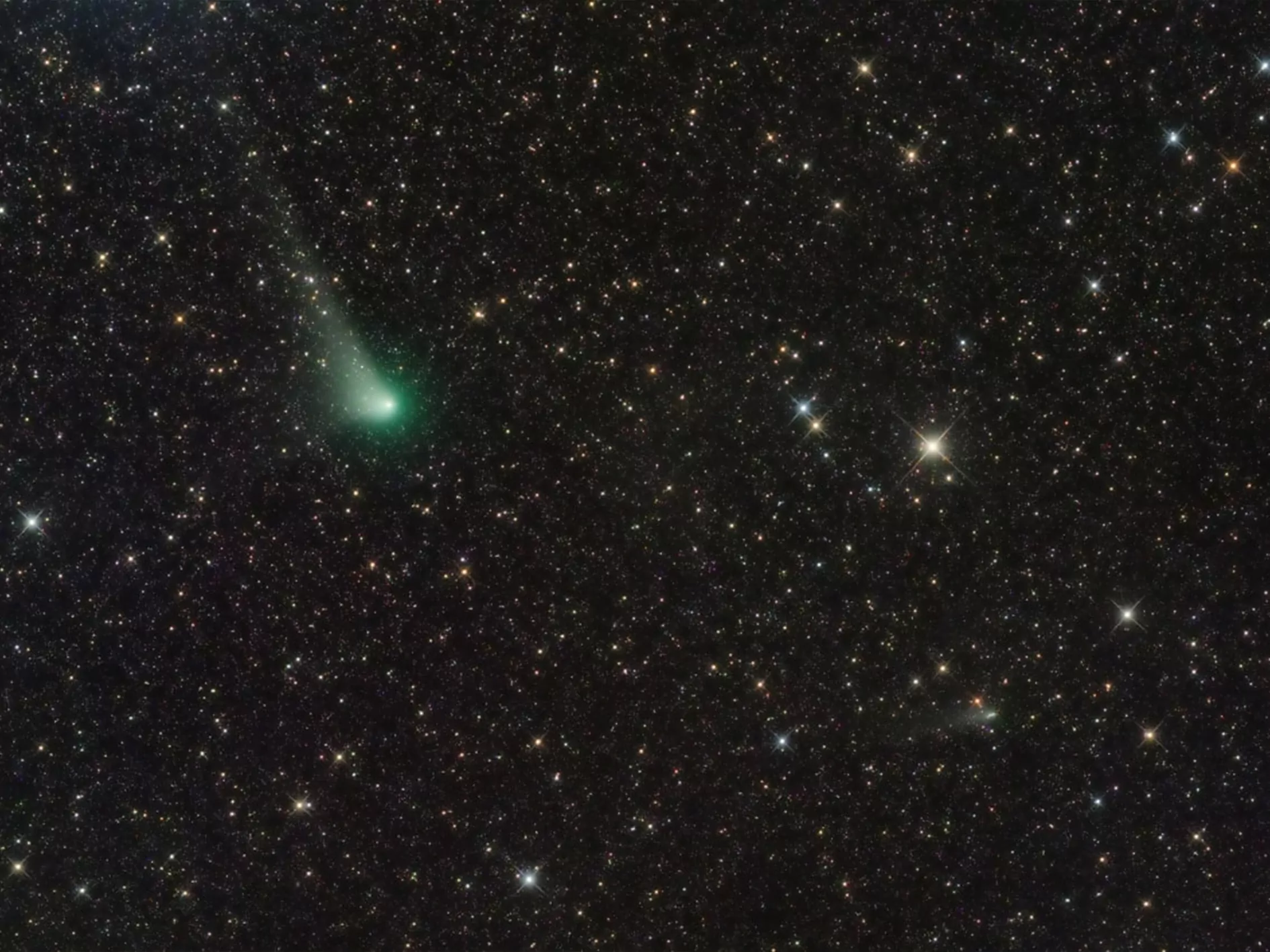-
Neutrinos can form when black holes merge

A neutrino is an elementary particle that has neither charge nor mass. The whole space around us is saturated with them, but they hardly interact with other matters. Therefore, it is extremely difficult to establish their source. Scientists have studied the results of observing neutrinos in the IceCube detector. They came to the conclusion that…
-
Lagoon Nebula (M8 or NGC 6523)

The nebula contains a scattered star cluster and several star-forming regions. The red glow is caused by glowing hydrogen, while the dark fibers are dense streaks of dust. The distance to the object is 5 thousand light years. The «lagoon» can be seen with binoculars in the constellation Sagittarius. It occupies an area in the…
-
A curious snapshot of the lunar surface

The LRO mission support group published a picture of the lunar surface. He demonstrates one of the rays surrounding the crater Bruno. Anyone who has ever looked at the moon using optics has probably paid attention to the characteristic bright rays that stretch from some of its craters. These structures are of shock origin. When…
-
Gigaea

Hygeia is the fourth largest object in the asteroid belt after Ceres, Vesta and Pallas. Recently it was discovered that the asteroid has a spherical shape, which means that there is every chance of getting the status of a dwarf planet of the Solar System. It orbits the Sun, is not a satellite of the…
-
«Earth is not the only place where there is life»

Albert Einstein At the beginning of 1920, Einstein was asked what he thought about the idea of the existence of extraterrestrial intelligent life. Einstein replied as follows: «Earth is not the only place where there is life. Probably, there may be inhabitants on the same Mars or some other objects of the Solar System, but…
-
The moon could form in just a few hours — that’s how it could happen

It is known that our satellite was formed as a result of the collision of the Earth with a huge object the size of Mars. But it is not known exactly how the Moon formed — it was previously thought that in a few months or even years. The new simulation shows a completely different…
-
Triple Gravity Lensing by James Webb

The massive gravity of the MACS0647 galaxy cluster acts as a cosmic lens, refracting and magnifying light from the more distant MACS0647-JD system. Due to the triple lensing, we see the system simultaneously in three places, which are marked with numbers and placed in separate blocks on the right (OV1, OV2 and OV3). MACS0647-JD has…
-
Young star formation complexes have been discovered in the galaxy NGC 4324

Astronomers have been investigating a nearby lenticular galaxy known as NGC4324. They discovered young star formation complexes in the inner ring of this galaxy. NGC4324 (also known as UGC 07451), located about 85 million light-years away in the constellation Virgo, is an early-type lenticular galaxy about 66,000 light-years in size. Its stellar mass is about…
-
Chandra’s X-ray vision combined with JWST reveals even more details about the Universe

Beyond their beauty, the images provide insight into the inner workings of some of the most complex astrophysical phenomena in the universe. Scientists have not yet studied the images and have not published their research, but we can already draw some conclusions. X—ray radiation tells us where high-energy processes are taking place, and infrared radiation…
-
Comet C/2017 K2 (PanSTARRS)

Comet C/2017 K2 (PanSTARRS) is approaching the perihelion point – the closest approach to the Sun – which will occur on December 20. It sails through the skies of the southern hemisphere of the planet, remaining a good object for observation with a telescope. In this picture, its greenish coma and whitish dust tail are…
